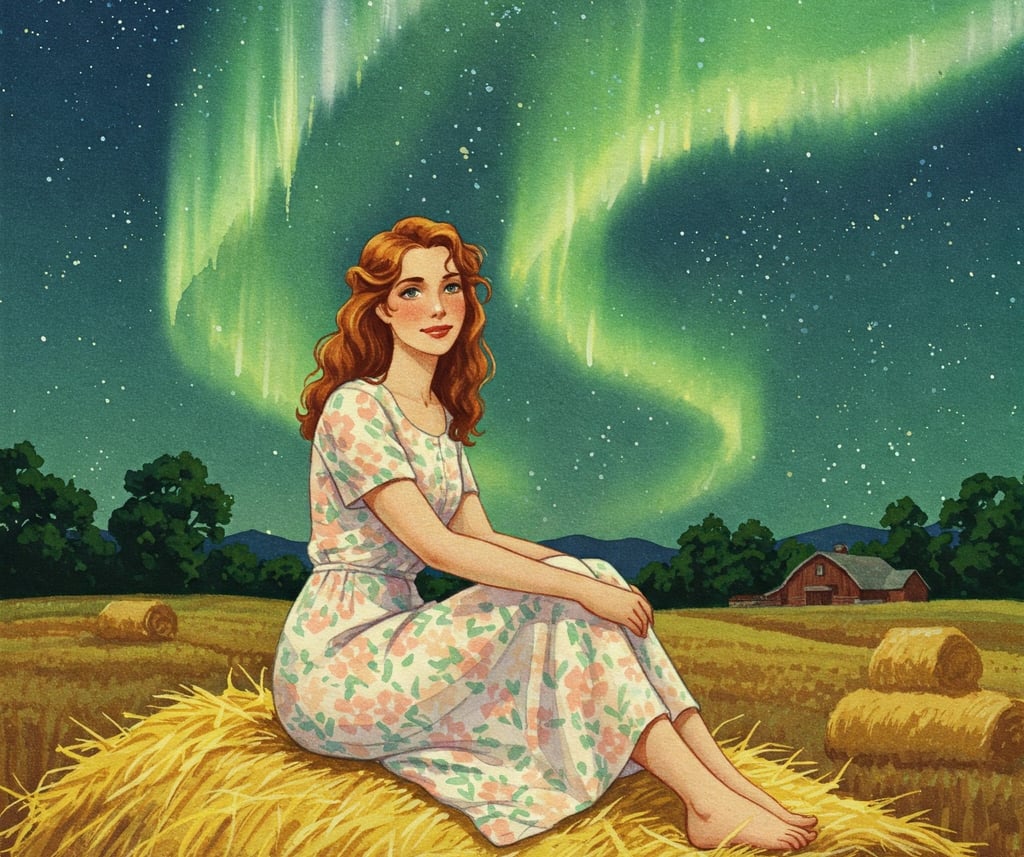Whispers for a Wired World: Finding Yourself in the Wild Wisdom of Emily Dickinson
Discover the poet who heard eternity in a bird's song and the Divine in a blade of grass. Emily Dickinson didn’t just write about nature—she listened to it, loved it, and lived inside its silences.
C'ah Sole
7/5/20253 min read


In a world that scrolls endlessly, where noise battles for your attention, have you ever felt the urge to just… listen? Not to another podcast or viral track, but to the quiet hum of something real, something ancient? That’s where Emily Dickinson steps in, not with a shout, but with a whisper that echoes louder than any trending sound.
Forget dusty old textbooks and stuffy literary analysis for a second. Think of Dickinson as the ultimate nature influencer of the 19th century, way before Instagram filters and drone shots. While society might have labeled her a “recluse” – picture someone who preferred the company of her own brilliant mind and the rustling leaves – her spirit was anything but confined. It soared through the skies with the hawks, burrowed into the earth with the roots, and danced with the fireflies in the twilight.
Think about it: in a time before our screens became extensions of our hands, where did people turn to understand the big stuff – life, death, love, the universe? They looked around. And Dickinson? She didn’t just look; she saw. She saw the extraordinary in the ordinary, the profound in the petite.
Take her poem, “A Bird came down the Walk—”. It’s not some grand epic. It’s a snapshot, a moment observed with an intensity that makes you feel like you were right there with her, watching a bird’s quirky breakfast routine. She doesn’t just say a bird ate a worm; she dissects the movement, the casual cruelty, the sheer instinct of survival with a precision that’s both scientific and deeply poetic. It's like she's saying, "Hey, pay attention. Even this small, everyday act holds a universe of meaning."
For Dickinson, nature wasn’t just pretty scenery; it was a living, breathing text filled with secrets. Her trees weren't just wood and leaves; they were silent witnesses to the dramas of life and death. Her bees weren’t just buzzing insects; they were tiny messengers carrying the sweet, fleeting essence of summer. She found her spiritual home not within man-made walls but under the vast, ever-changing cathedral of the sky.
Her poems, often short and sharp like a perfectly formed seed, unfurl with layers of meaning. You don’t necessarily get Dickinson with your head; you feel her with your gut. Reading her is like unlocking a forgotten corner of your own heart, a place that still remembers the quiet wonder of a dewdrop clinging to a blade of grass or the hushed reverence of a snowfall.
Ever felt a pang of connection watching a butterfly flutter by, a fleeting thought of someone you love carried on its wings? Or stood in the stillness of a forest and felt the sharp edges of your grief soften, replaced by a sense of belonging to something larger? If yes, then Emily Dickinson is your literary soulmate. She saw those connections, felt those nuances, and gave them a voice that still feels shockingly modern.
In a world that often pushes for constant output, for being “productive,” Dickinson reminds us of the power of simply being present. Her nature poems aren’t an escape from reality; they are a deeper dive into it. They invite you to arrive at a place of quiet contemplation, to find solace and understanding in the rhythms of the natural world.
Ready to Tune into Dickinson’s Frequency?
If you’re curious to experience this for yourself, here are a few entry points into her world:
“A Bird came down the Walk—”: A masterclass in observation, revealing the drama and beauty in a simple natural event. It’s about paying attention to the small details and finding the epic within them.
“I Dwell in Possibility—”: A burst of optimistic energy, envisioning poetry as a house with endless rooms and the sky as its roof. It’s a celebration of the boundless potential of imagination and thought, something incredibly relevant in our creative and ever-evolving world.
“There’s a certain Slant of light,”: A poem that captures a specific mood, a melancholic yet profound feeling often associated with winter afternoons. It explores the emotional impact of light and shadow, reminding us that even moments of sadness can hold a unique kind of beauty and insight.
Let these lines be your guide. Let them lead you to the places where wild things – both within and around you – begin to heal. In a noisy world, perhaps the greatest wisdom can be found in the quiet. Emily Dickinson knew this. And through her timeless whispers, she invites you to know it too.
Explore more of her profound observations and reflections at [CahSole.com].
Let the quiet become your teacher. Your journey back to the knowledge and soul that lies within the classics starts with a single, powerful whisper.

